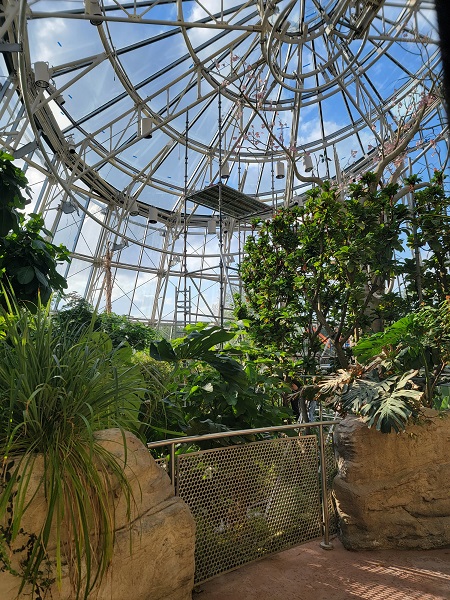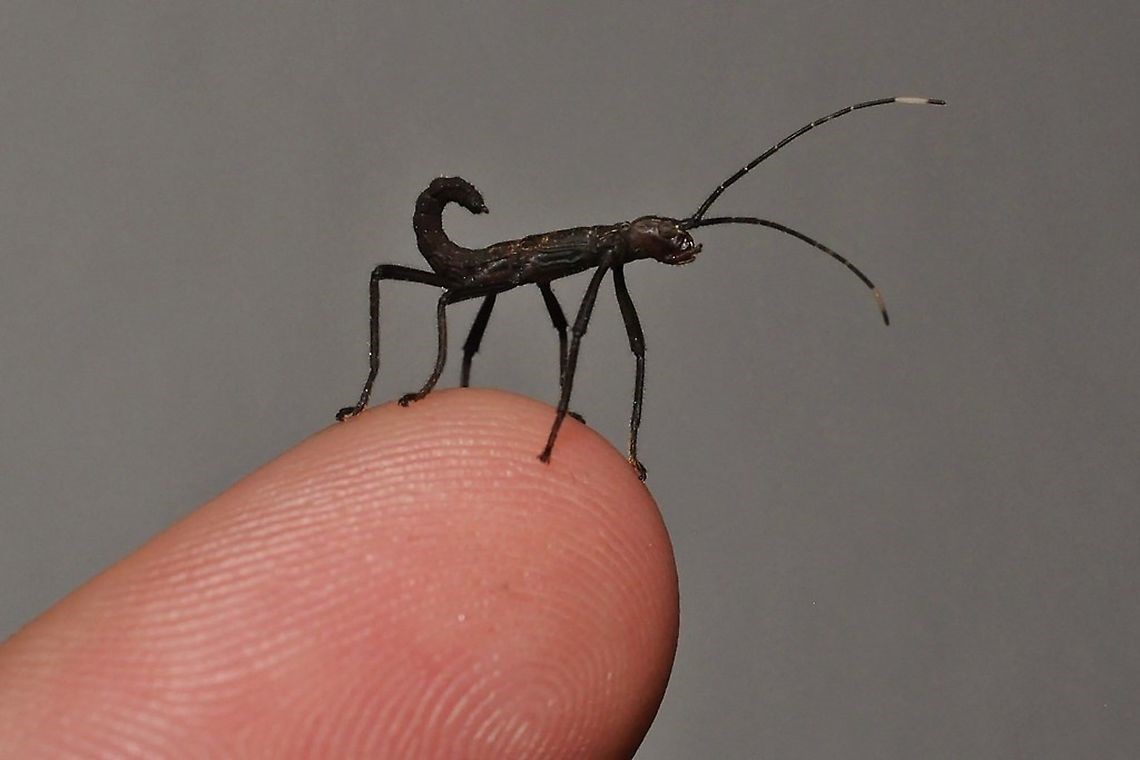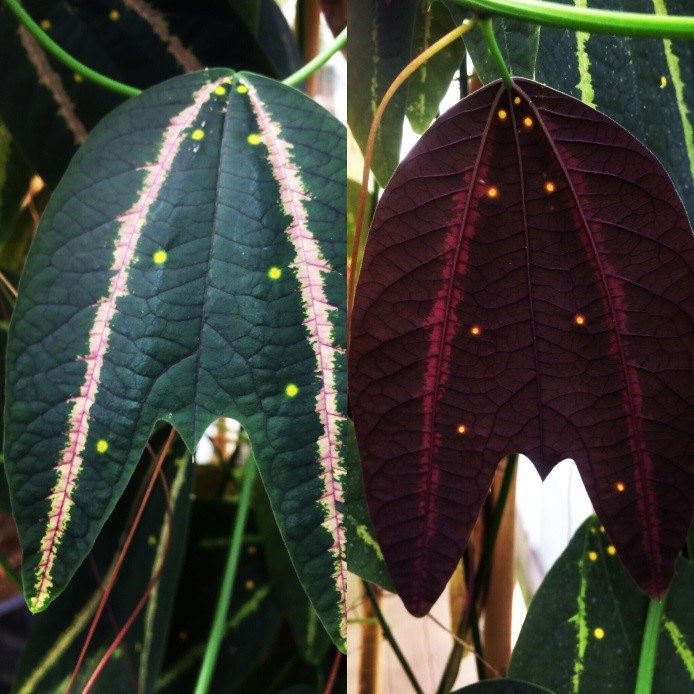When I’m maintaining the live exhibits in the Brown Hall of Entomology in the Cockrell Butterfly Center, or giving a tour of our Insect Containment Room, one of the questions I’m most frequently asked is, “Where do the bugs come from?” It’s a very good question! Many people ask if we are able to actually collect them, and I wish that were the case. Travel the world to collect exotic live specimens? Yes, please!
But the truth is we get our animals in boxes delivered by FedEx or UPS. The boxes come from all over the place. Arizona, Thailand, Costa Rica… But most of our exotic shipments come from the Penang Butterfly Farm in Malaysia, which collects and breeds butterflies and other insects and arthropods. They provide us with a large butterfly shipment each month and several arthropods throughout the year. Whenever our supply of large exotic insects is dwindling, I place an order for mostly beetles, but also katydids, mantids, and even centipedes or spiders.
We recently received one of these shipments, and I wanted to give you a sneak peek. I love getting these boxes. It feels like Christmas!

This box transported five beetles, three large katydids, three mantids, two large spiders, and a few hundred butterflies!

Each animal is packed carefully in individual containers with a moist sponge inside. Materials are placed in the box, such as soft filler and ice packs, to make sure the bugs stay comfortable on their long trip. They leave Malaysia on a Monday and arrive here Friday morning.

This dragon-headed katydid wasted no time finding a hiding spot! Katydids mimic leaves to keep them protected from predators.

The giant golden orb-weaver has the largest and strongest web in the world. Although the web may sometimes accidentally ensnare birds or bats, the spider only feeds on flying insects.

The orchid mantis has the most spectacular camouflage of all! They hide among orchid flowers waiting to grab unsuspecting pollinators such as bees and flies.
All of these and more can be seen on display in the Brown Hall of Entomology. Some can even be brought to your school for an exciting, hands on Bugs on Wheels presentation! See the HMNS website for further details!










